Research Hotspots and Trends in Puerperal Infection: A Bibliometric Analysis
DOI: 10.23977/medsc.2025.060512 | Downloads: 4 | Views: 121
Author(s)
Jiani Sun 1, Jiantong Zhou 1, Lihua Jin 1
Affiliation(s)
1 School of Nursing, Yanbian University, Yanji, China
Corresponding Author
Lihua JinABSTRACT
This study aimed to comprehensively identify the research hotspots, current status, and developmental trends of puerperal infection from January 1, 2013, to December 31, 2023. We used the China National Knowledge Infrastructure and Web of Science Core Collection as the data source, both English and Chinese literature related to puerperal infection published during this period were retrieved. Visual analyses were conducted on annual publication output, national and institutional co-authorship networks, co-author and co-citation relationships, keyword co-occurrence, keyword clustering, and the keyword bursting. A total of 484 English and 594 Chinese articles were included. The number of publications on puerperal infection exhibited a generally steady yet fluctuating upward trend. The United States ranked first in publication volume and has the highest total link strength. Duke University was the research institution with the highest volume of publications. The research hotspots included puerperal infection, cesarean section, antibiotic prophylaxis, and risk factors. Inflammatory factors, drug resistance, wound infection, and postpartum hemorrhage represented emerging research frontiers. Overall, the field of research on puerperal infections both domestically and internationally is generally in the developmental stage. In the future, Chinese medical staff should align their work with national healthcare priorities, strengthen collaborations across institutions, regions, and countries, and further advance research on puerperal infection to safeguard women's health.
KEYWORDS
Pregnant Women; Puerperal Infection; Bibliometric Analysis; Trends; Research HotspotsCITE THIS PAPER
Jiani Sun, Jiantong Zhou, Lihua Jin, Research Hotspots and Trends in Puerperal Infection: A Bibliometric Analysis. MEDS Clinical Medicine (2025) Vol. 6: 81-90. DOI: http://dx.doi.org/10.23977/medsc.2025.060512.
REFERENCES
[1] Cai Linfang, Li Chunxiang, He Ye. Related influencing factors for puerperal infections and clinical control measures[J/OL]. Chinese Journal of Nosocomiology, 2015, 25(10): 2364-2366.
[2] He Liping, Li Jinqiong, Zhang Ying, et al. Related factors for postpartum infections in high-risk puerpera undergoing different delivery methods and impact on newborns[J]. Chinese Journal of Nosocomiology, 2018, 28(12): 1884-1887+1916.
[3] Kalbarczyk A, Mir F, Ariff S, et al. Exploring terminology for puerperal sepsis and its symptoms in urban Karachi, Pakistan to improve communication, care-seeking, and illness recognition[J/OL]. Global Public Health, 2022, 17(12): 3825-3838.
[4] Li Jingyun, Zhang Qin, Ye Jing, et al. Analysis of risk factors for puerperal infection after cesarean section[J/OL]. Journal of Parasitic Biology, 2023, 18(4): 473-477.
[5] Kim I D, Chang H S, Hwang K J. Herpes simplex virus 2 infection rate and necessity of screening during pregnancy: a clinical and seroepidemiologic study[J/OL]. Yonsei Medical Journal, 2012, 53(2): 401-407.
[6] Zhang Qinfang, Dong Lihua, Shen Yeqin. Pregnancy Outcomes and Risk Factors of Puerperal Infection in High-Risk Parturients with Different Modes of Delivery[J/OL]. Maternal & Child Health Care of China, 2021, 36(11): 2609-2612.
[7] Yang Guanlan, Zheng Dan, Yang Guanjiao, et al. Effect of gestational diabetes mellitus on the characteristics and drug resistance of pathogenic bacteria in puerperium infection after cesarean section[J/OL]. China Journal of Modern Medicine, 2022, 32(19): 80-85.
[8] Yang Lindong, Bao Fang, Wu Yuanzhe, et al. Relationship of group B streptococcus colonization in late pregnancy with perinatal outcomes[J/OL]. Journal of Zhejiang University(Medical Sciences), 2020, 49(3): 389-396.
[9] WHO statement on caesarean section rates[EB/OL]. [2025-10-26]. https://www.who.int/publications/i/item/WHO-RHR-15.02.
[10] Chen Ying, Li Fei, Gao Yumei, et al. Analysis of factors related to puerperal infection in eastern Henan province[J/OL]. Chinese Journal of Primary Medicine and Pharmacy, 2020, 27(16): 1970-1973.
[11] Tan Qiuhong, Wu Xuan, Peng Ping, et al. Analysis of Postpartum Puerperal Infection and Its Risk Factors in Parturients Undergoing Secondary Cesarean Section[J/OL]. South China Journal of Preventive Medicine, 2024, 50(3): 251-254.
[12] Chen C, Song M. Visualizing a field of research: A methodology of systematic scientometric reviews[J/OL]. PLOS ONE, 2019, 14(10): e0223994.
[13] Bukar U A, Sayeed M S, Razak S F A, et al. A method for analyzing text using VOSviewer[J/OL]. MethodsX, 2023, 11: 102339.
[14] Statement on maternal sepsis[EB/OL]. [2025-10-26]. https://www.who.int/publications/i/item/WHO-RHR-17.02.
[15] Trends in maternal mortality estimates 2000 to 2023: estimates by WHO, UNICEF, UNFPA, World Bank Group and UNDESA/Population Division[EB/OL]. [2025-10-26]. https://iris.who.int/items/97f81bed-9be7-433a-8372-423bf8dbf6ac.
[16] Admas A, Gelaw B, Belay T, et al. Proportion of bacterial isolates, their antimicrobial susceptibility profile and factors associated with puerperal sepsis among post-partum/aborted women at a referral Hospital in Bahir Dar, Northwest Ethiopia[J/OL]. Antimicrobial Resistance and Infection Control, 2020, 9(1): 14.
[17] Conroy K, Koenig A F, Yu Y H, et al. Infectious morbidity after cesarean delivery: 10 strategies to reduce risk[J]. Reviews in Obstetrics & Gynecology, 2012, 5(2): 69-77.
[18] Zhang Rui, Wu bo, Fu Dongxia, et al. Related risk factors of puerperal infection[J/OL]. Chinese Journal of Nosocomiology, 2018, 28(11): 1704-1706.
[19] National Center for Obstetric Medical Quality Control, Chinese Medical Association Perinatal Medicine Branch. Expert consensus on cesarean section (2023)[J/OL]. Chinese Journal of Obstetrics and Gynecology, 2024, 59(1): 14-21.
[20] Moulton L J, Lachiewicz M, Liu X, et al. Endomyometritis after cesarean delivery in the era of antibiotic prophylaxis: incidence and risk factors[J/OL]. The Journal of Maternal-Fetal & Neonatal Medicine: The Official Journal of the European Association of Perinatal Medicine, the Federation of Asia and Oceania Perinatal Societies, the International Society of Perinatal Obstetricians, 2018, 31(9): 1214-1219.
[21] Duffy C R, Oberhardt M, Ross N, et al. Perioperative Antibiotics and Other Factors Associated with Postcesarean Infections: A Case-Control Study[J/OL]. American Journal of Perinatology, 2024, 41(S 01): e520-e527.
[22] Venkatesh K K, Hughes B L, Grotegut C A, et al. Preoperative cefazolin rather than clindamycin or metronidazole is associated with lower postpartum infection among women with chorioamnionitis delivering by cesarean delivery[J/OL]. American journal of obstetrics & gynecology MFM, 2020, 2(1): 100074.
[23] Xie Zhaoxia, Tang Shuangbing, Li Xiaoju, et al. Influencing factors for puerperal infection and changes of inflammatory factors[J/OL]. Chinese Journal of Nosocomiology, 2019, 29(18): 2851-2854.
[24] Cao Liqiong, Si Xianghua, Cheng Fang, et al. Value of ApoE,NF-κB and TLR-4 in early diagnosis of postoperative puerperal infection in cesarean section puerpera[J/OL]. Chinese Journal of Nosocomiology, 2023, 33(1): 152-156.
[25] Saeed K B, Corcoran P, Greene R A. Incisional surgical site infection following cesarean section: A national retrospective cohort study[J/OL]. European Journal of Obstetrics, Gynecology, and Reproductive Biology, 2019, 240: 256-260.
[26] Kvalvik S A, Rasmussen S, Thornhill H F, et al. Risk factors for surgical site infection following cesarean delivery: A hospital-based case-control study[J/OL]. Acta Obstetricia Et Gynecologica Scandinavica, 2021, 100(12): 2167-2175.
[27] Ugadu I O, Egede J O, Nwigboji W N, et al. Pre-operative Vs. Post-operative Vaginal Cleansing with Povidone-iodine and Post-caesarean Infectious Morbidity: A Randomized Controlled Study[J/OL]. Journal of the West African College of Surgeons, 2022, 12(4): 64-74.
[28] Ben Shoham A, Bar-Meir M, Ioscovich A, et al. Timing of antibiotic prophylaxis in cesarean section: retrospective, difference-in-differences estimation of the effect on surgical-site-infection[J/OL]. The Journal of Maternal-Fetal & Neonatal Medicine: The Official Journal of the European Association of Perinatal Medicine, the Federation of Asia and Oceania Perinatal Societies, the International Society of Perinatal Obstetricians, 2019, 32(5): 804-808.
[29] Guo Y N, Ma J, Wang X J, et al. Does uterine gauze packing increase the risk of puerperal morbidity in the management of postpartum hemorrhage during caesarean section: a retrospective cohort study[J]. International Journal of Clinical and Experimental Medicine, 2015, 8(8): 13740-13747.
[30] Cao Haoning, Liu Xinghui, Wu Lin. Interpretation of the 2022 FIGO Guidelines on Postpartum Hemorrhage[J]. Journal of Practical Obstetrics and Gynecology, 2023, 39(3): 188-191.
[31] Al-Dardery N M, Abdelwahab O A, Abouzid M, et al. Efficacy and safety of tranexamic acid in prevention of postpartum hemorrhage: a systematic review and meta-analysis of 18,649 patients[J/OL]. BMC pregnancy and childbirth, 2023, 23(1): 817.
[32] Aboubakr A, Gottlieb Z S, Riggs A R, et al. Peripartum Exposure to Biologic Therapy Does Not Impact Postpartum Wound Healing in Women With IBD[J/OL]. Inflammatory Bowel Diseases, 2022, 28(6): 843-849.
| Downloads: | 10014 |
|---|---|
| Visits: | 672502 |
Sponsors, Associates, and Links
-
Journal of Neurobiology and Genetics

-
Medical Imaging and Nuclear Medicine
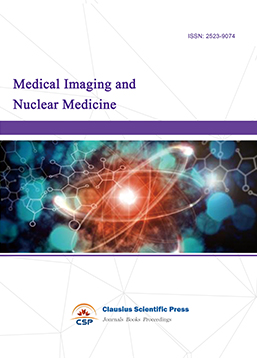
-
Bacterial Genetics and Ecology
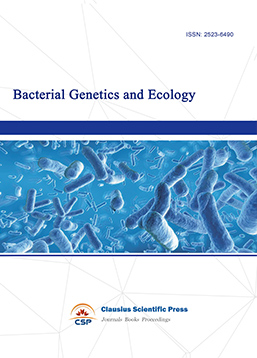
-
Transactions on Cancer

-
Journal of Biophysics and Ecology
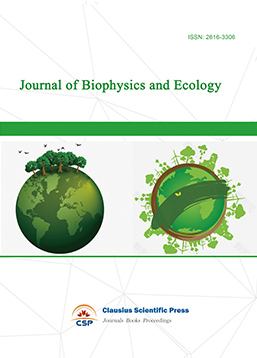
-
Journal of Animal Science and Veterinary
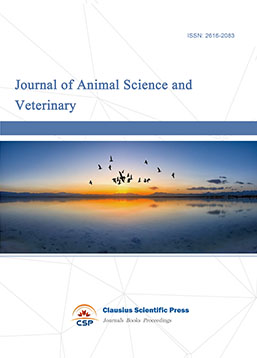
-
Academic Journal of Biochemistry and Molecular Biology

-
Transactions on Cell and Developmental Biology
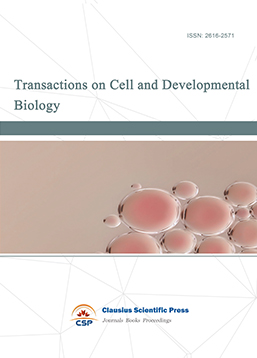
-
Rehabilitation Engineering & Assistive Technology
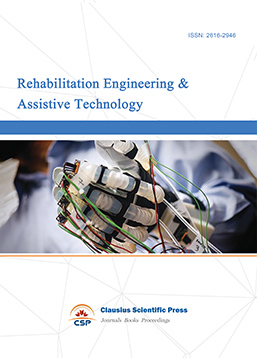
-
Orthopaedics and Sports Medicine
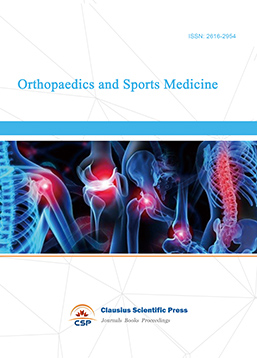
-
Hematology and Stem Cell

-
Journal of Intelligent Informatics and Biomedical Engineering
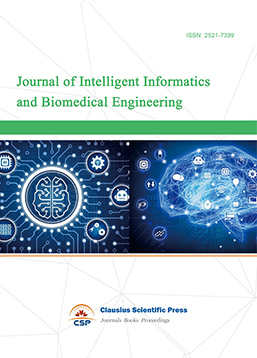
-
MEDS Basic Medicine

-
MEDS Stomatology
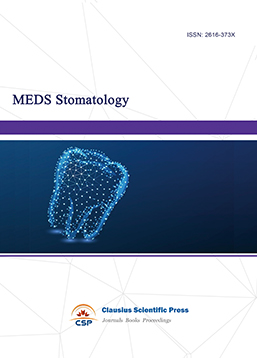
-
MEDS Public Health and Preventive Medicine
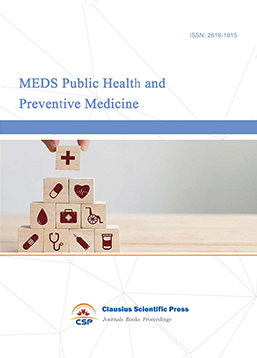
-
MEDS Chinese Medicine
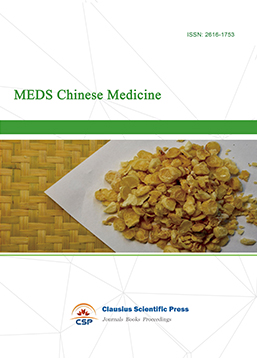
-
Journal of Enzyme Engineering

-
Advances in Industrial Pharmacy and Pharmaceutical Sciences
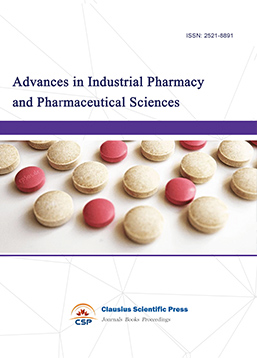
-
Bacteriology and Microbiology

-
Advances in Physiology and Pathophysiology
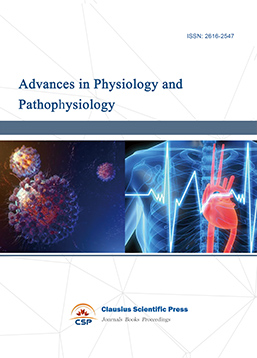
-
Journal of Vision and Ophthalmology
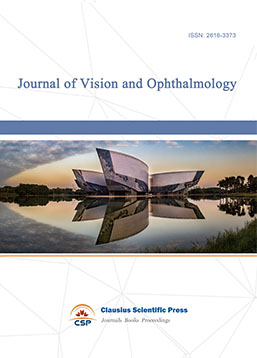
-
Frontiers of Obstetrics and Gynecology
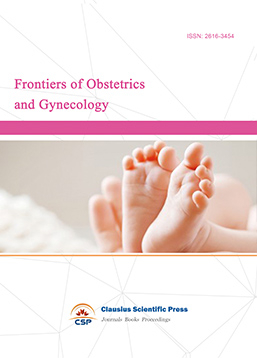
-
Digestive Disease and Diabetes
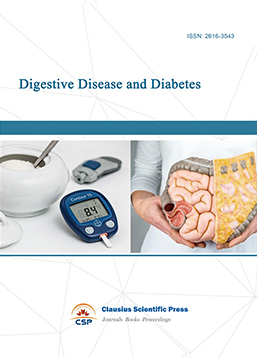
-
Advances in Immunology and Vaccines

-
Nanomedicine and Drug Delivery
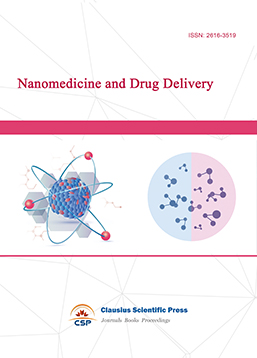
-
Cardiology and Vascular System
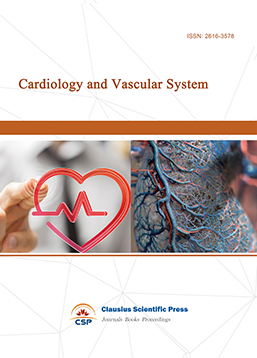
-
Pediatrics and Child Health
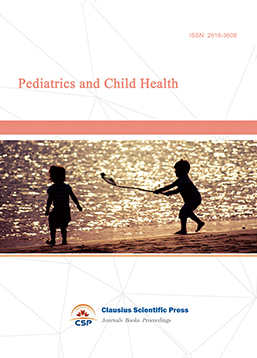
-
Journal of Reproductive Medicine and Contraception
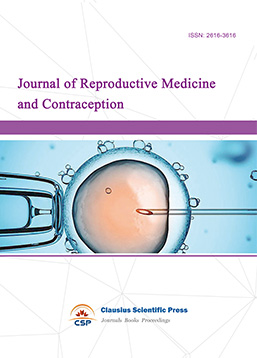
-
Journal of Respiratory and Lung Disease
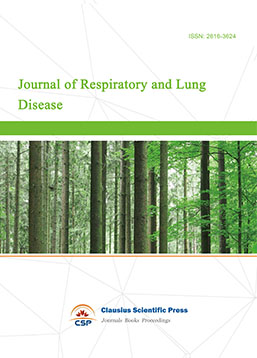
-
Journal of Bioinformatics and Biomedicine
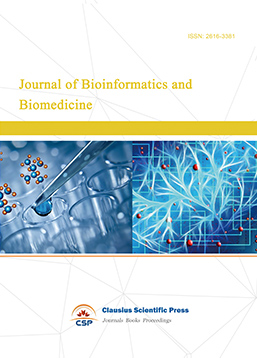

 Download as PDF
Download as PDF